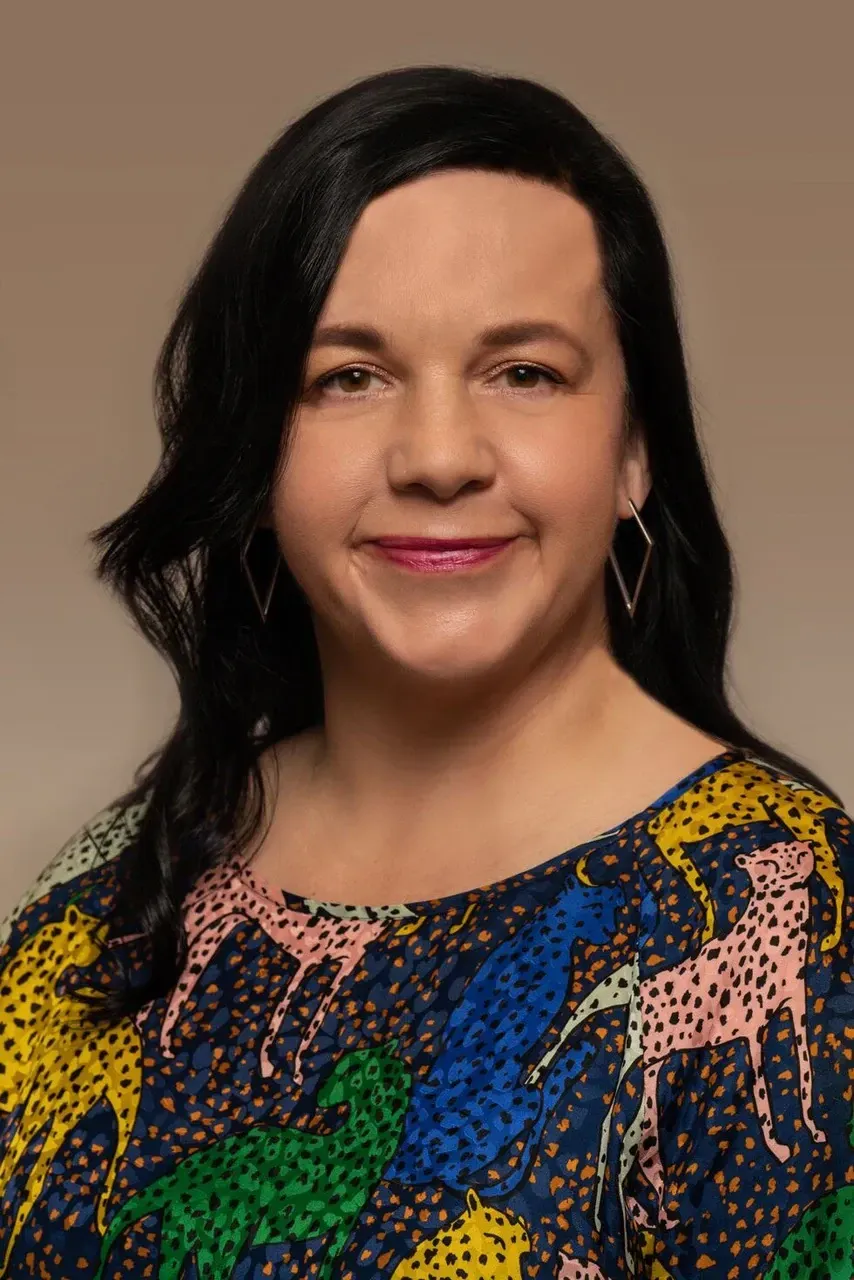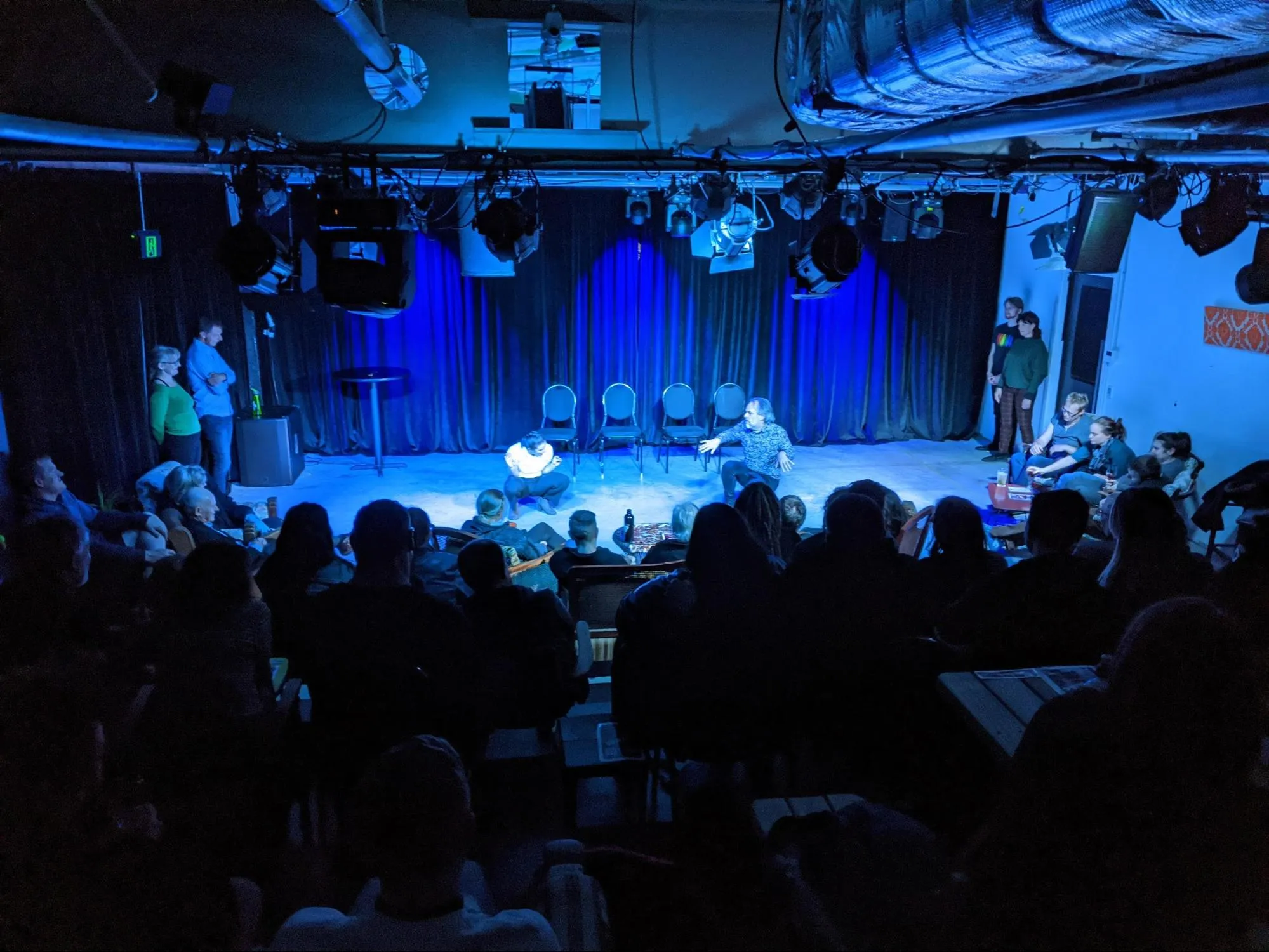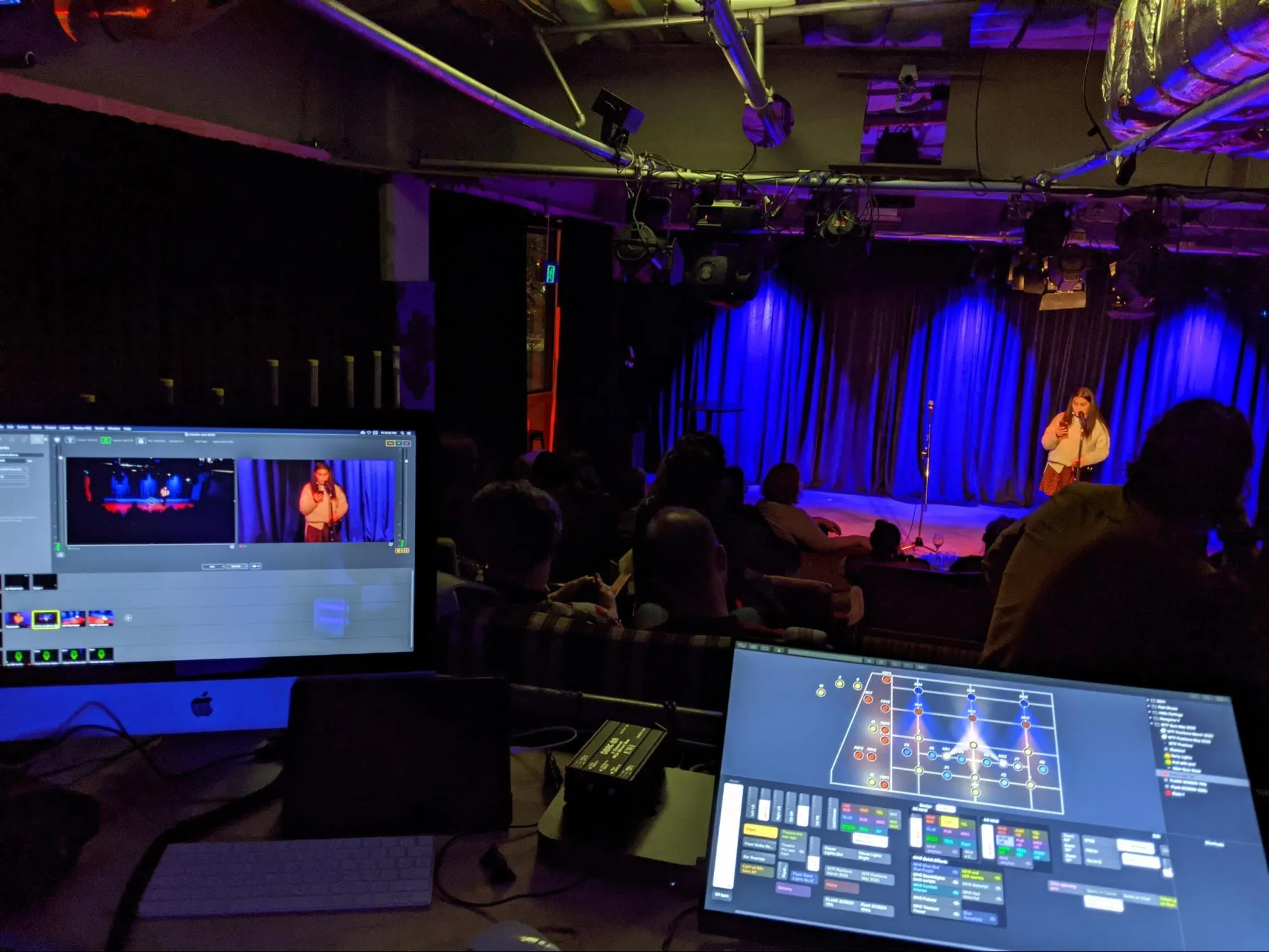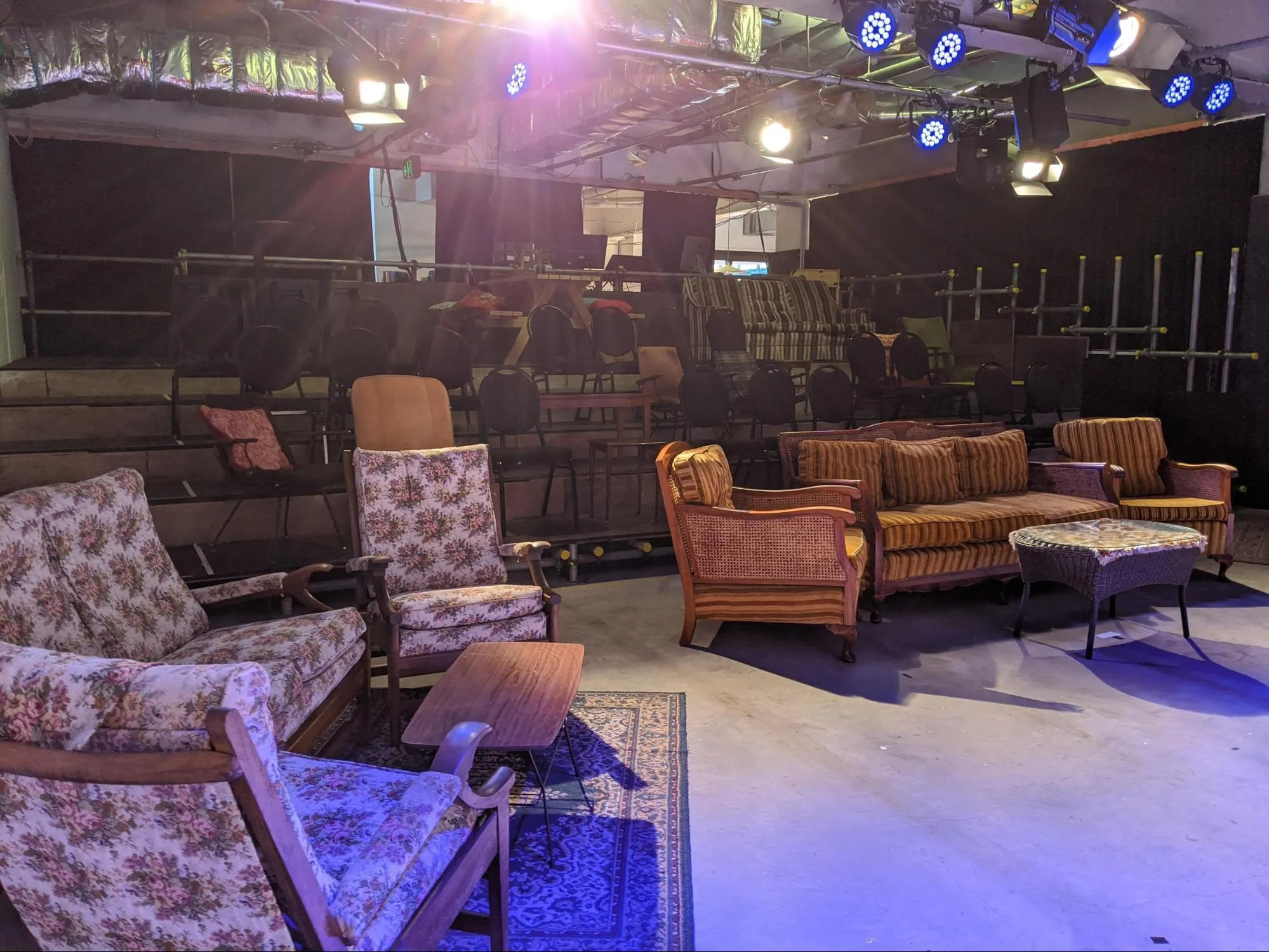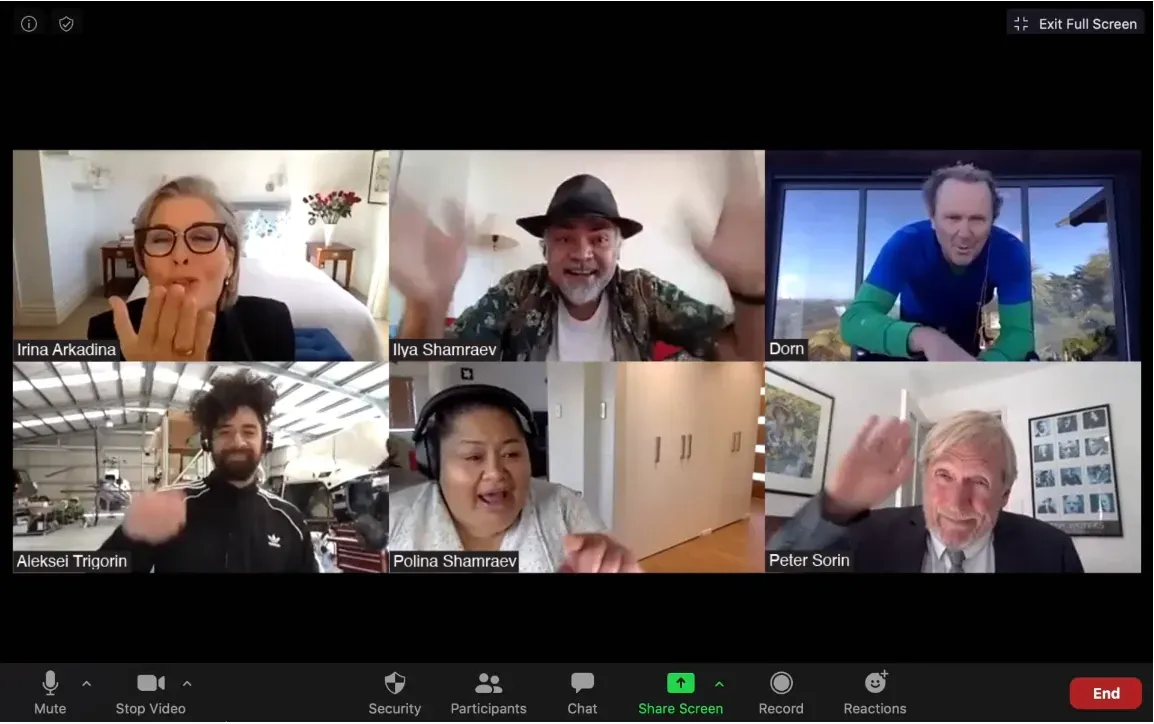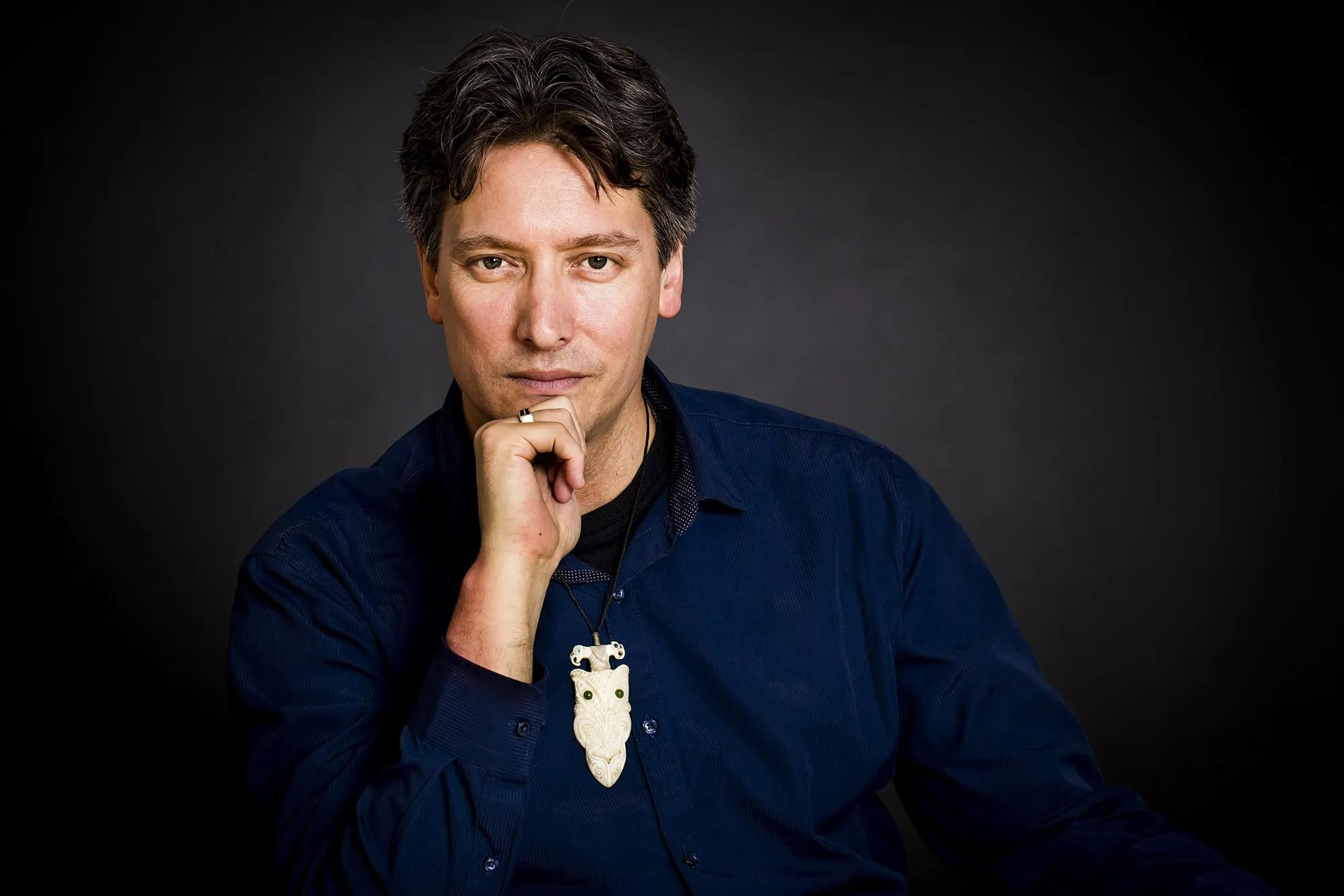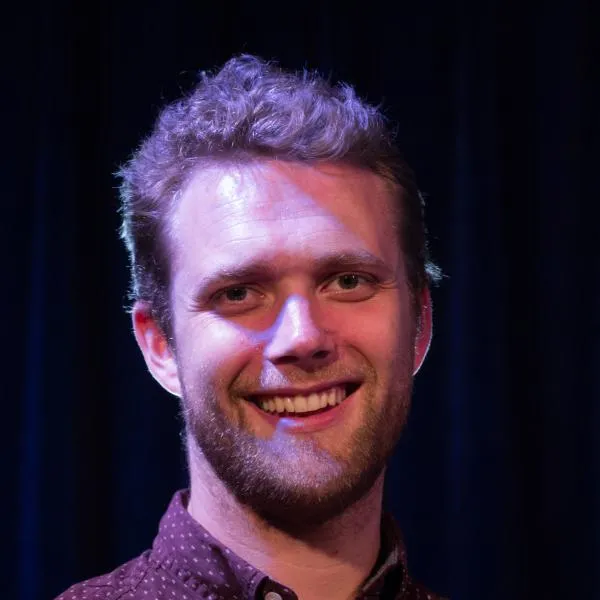Getting Crowds Back through the Door
Written by
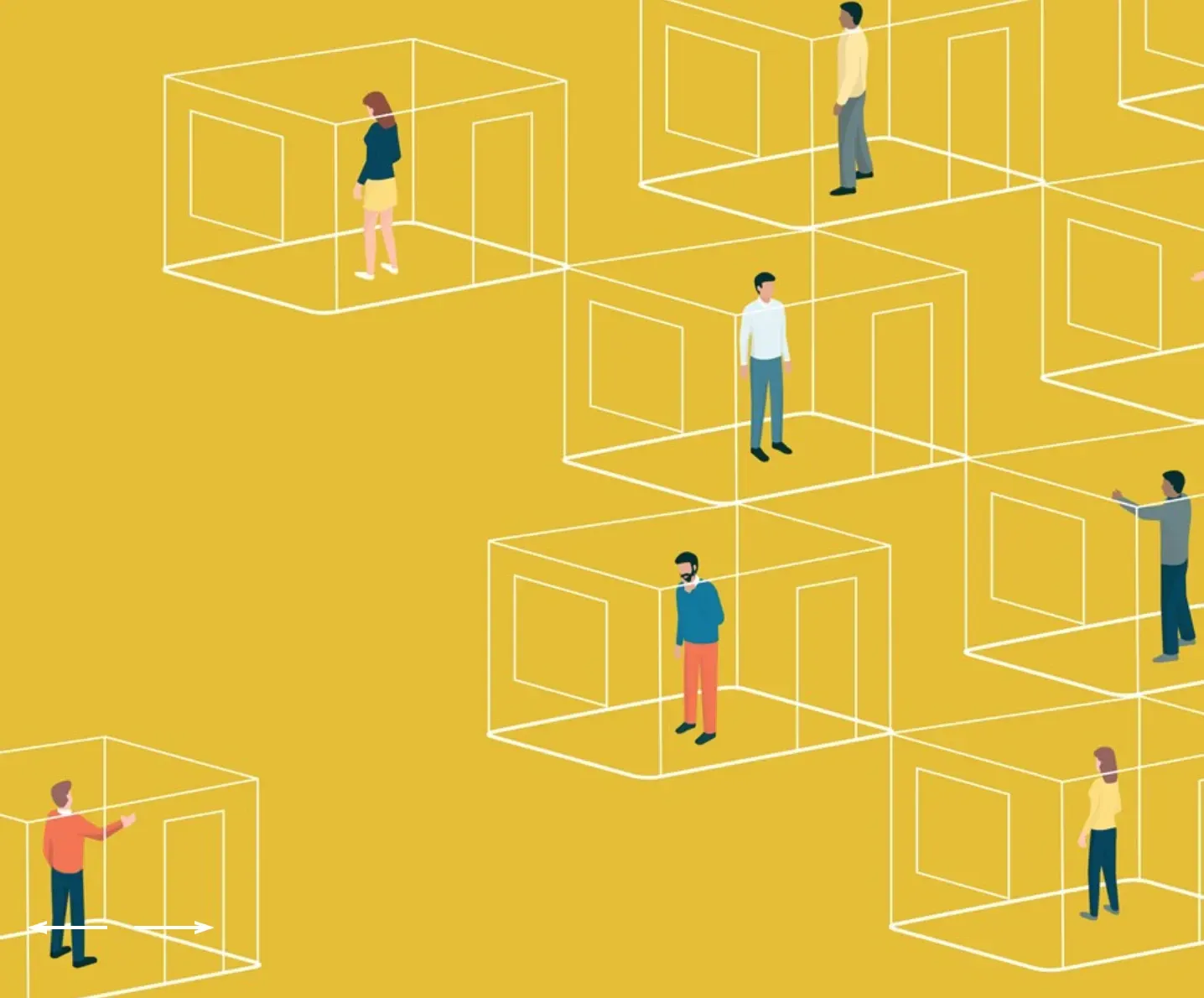
“All that you touch, you change. All that you change, changes you.”
Octavia Butler’s words became something of a motto for the latest PANNZ online hui. Change is omnipresent and omnipotent. The times are always changing, but perhaps they have been more acutely felt over the last three months.
The country moved up and down our COVID-19 levels system at a pace that managed to feel both breakneck and slow motion as we scrambled to keep the arts sector afloat and pause to consider what we wanted the future to look like.
As we moved down the levels, weekly PANNZ online hui have been a fertile platform to discuss the opportunities that a COVID-19 induced lockdown presented for the sector and to consider what needed to be left behind. The importance of the what and the why.
Now we are at level one, the latest hui was a welcome opportunity to explore how artists and organisations are shifting their practices in this brave new world. How they are marrying lessons learnt during lockdown with tried-and-true practices. How they are confronting the challenges of audience engagement in a world where free content, Netflix and YouTube reign supreme - in the safety of their own homes.
Moderator Dolina Wehipeihana (Ngāti Raukawa, Ngati Tūkorehe) observed “we’ve acknowledged that there is no going back to the way things were. That we are seeking a new normal. So how do we readjust our [artistic] practices and start working again?”
A Successful Lockdown
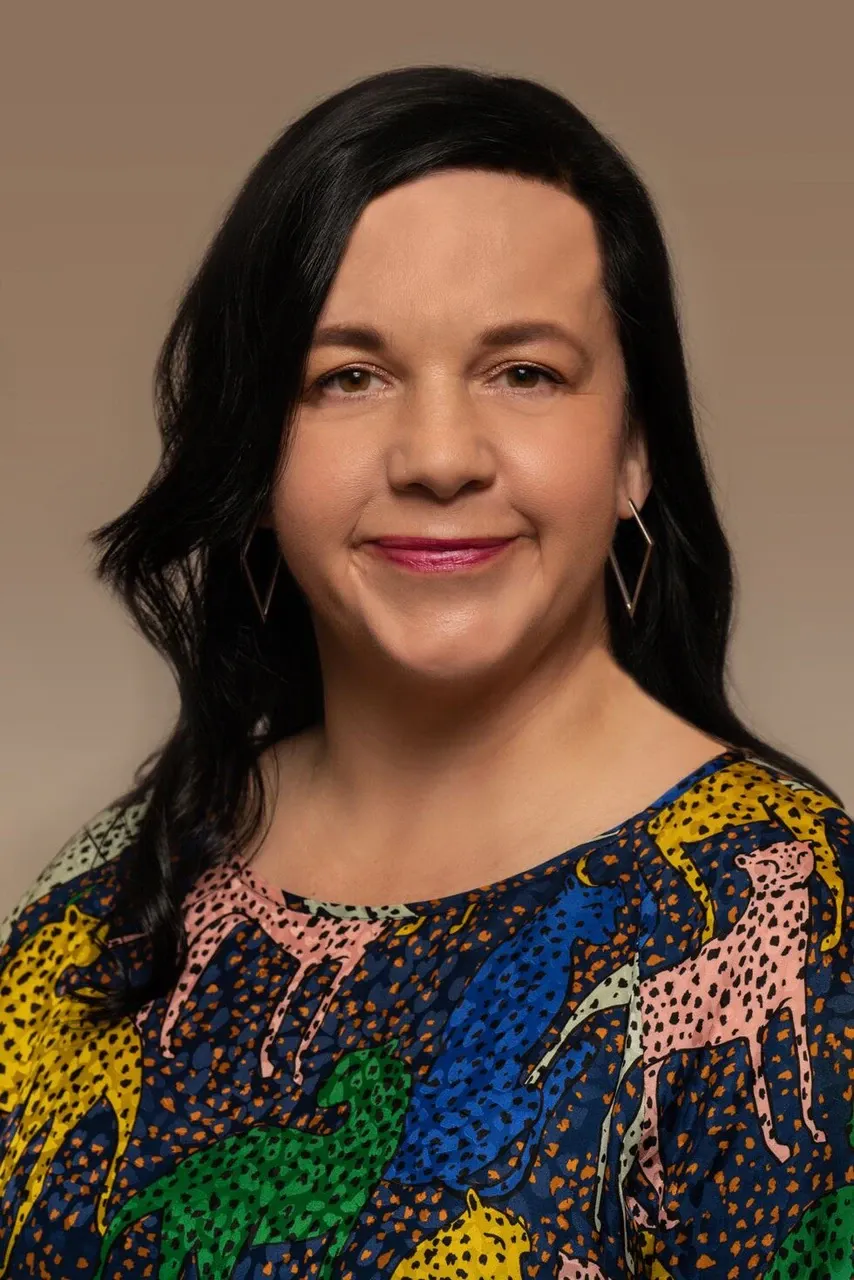
Anna Cameron.
For the first speaker Anna Cameron, Executive Director of Auckland Theatre Company (ATC) “in order to look forward, we’ve got to look back.” Cameron has been impressed by previous PANNZ hui, particularly the words of Puawai Cairns.
“She spoke about the age of precariousness and underscored the need and importance to move at the pace of our most vulnerable,” reflects Cameron. “We’ve never met, but thank you Puawai - your words have stayed with me and I have been turning those ideas over.”
For ATC, Lockdown was an opportunity to focus on the wellbeing of their myriad of staff, which notably included the installation of an Employee Assistance Programme (EAP) to provide 24/7 confidential free counselling for them and to lobby for the resources of MusicHelps to become accessible for everyone working in the arts. They were successful.
“The past six weeks feel like the distant past due to the rush to get back to level one,” said Cameron, who had to pull a company halfway through a tour, cancel four out of seven shows and the ASB Waterfront Theatre as the country moved into Lockdown.
Despite these challenges, the ATC used the time as an opportunity to explore new ways of connecting to audiences, namely an online adaptation of Checkov’s The Seagull. “It was a true innovation,” Cameron attested.
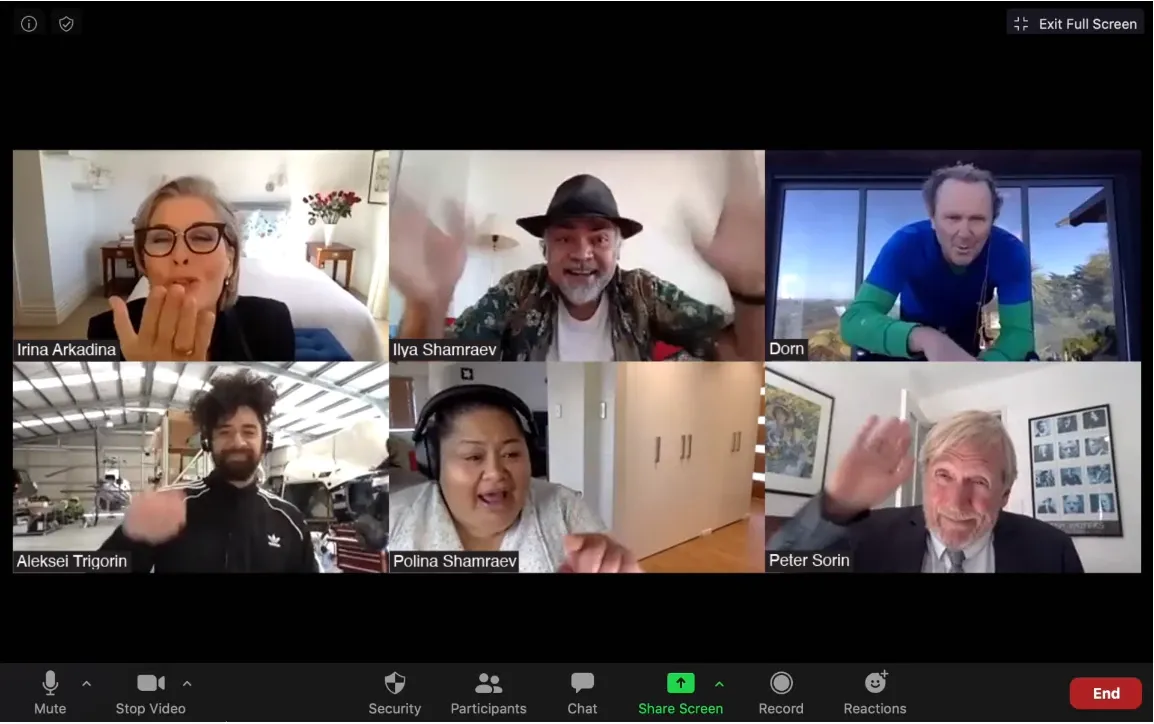
The Seagull performed by ATC
“The critical and audience response shows it was successful - we had over 33,000 views in five weeks. As a hypothetical comparison, if it ran at the ASB Theatre for five weeks, six nights a week and we sold 100% of tickets, we would’ve only reached 22,000. That means that there was a 64% increase of audience numbers….we are unpacking what this experiment means and debating how to protect the value of the arts and monetise it online. This is entirely new territory and we need to ready ourselves to develop new experimentation,” said Cameron.
“We’re at a place of experimentation and discovery right now - perhaps we should be staying here right now to build trust with audiences, to learn, to test out what feels right for brands.”
This tension between live and online experiences and how to engage with audiences now accustomed to a glut of free entertainment available online is an important topic to unpick in a post-COVID-19 world, as evidenced by the discussions at the hui.
No Stone Left Unturned
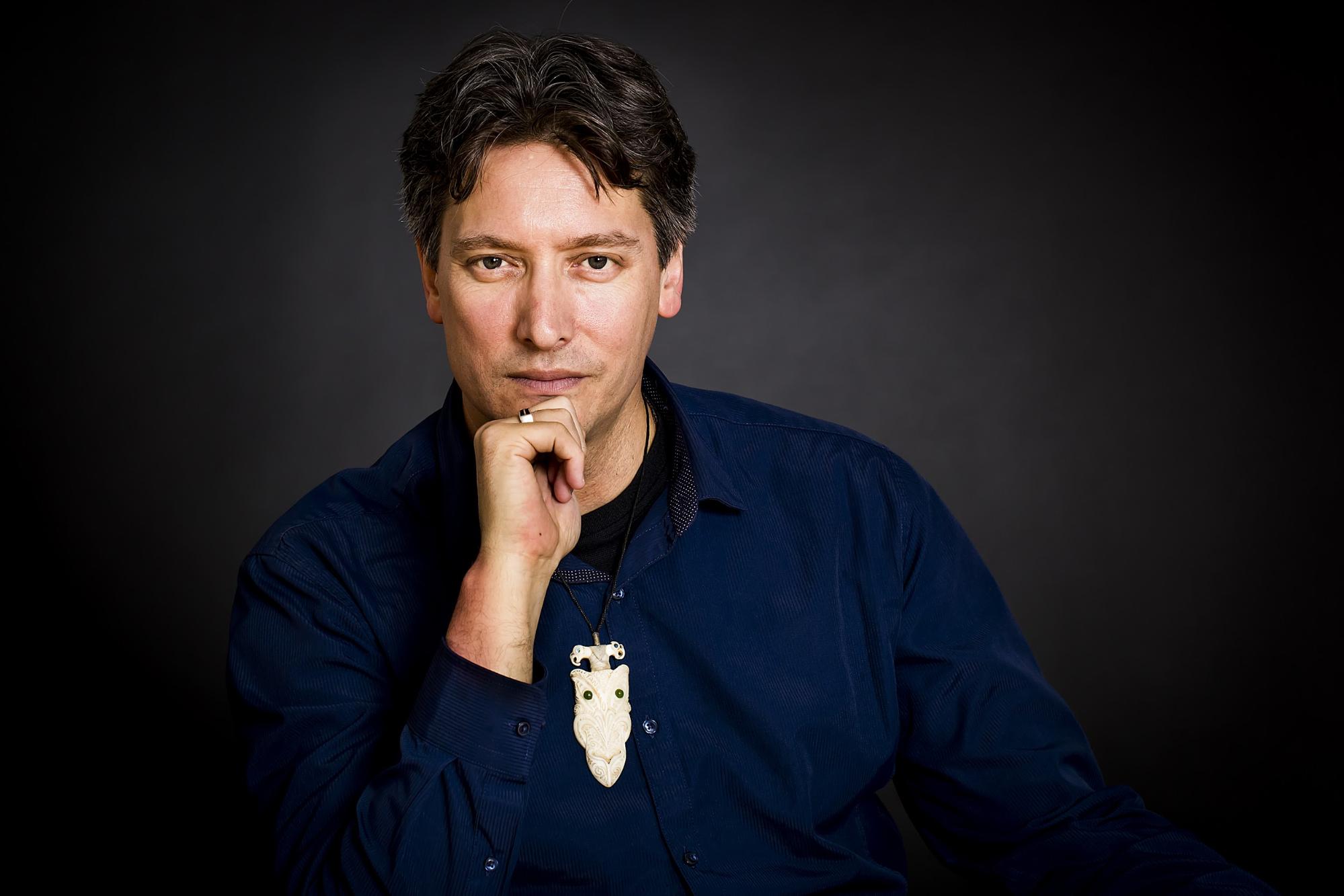
Tanemahuta Gray.
A pertinent question put by the audience was “how do we continue to place value on live art in the wake of online performances?”
As soon as the impacts of COVID-19 became clear, Tānemahuta Gray - Kahukura/Kaiarataki Toi - CEO & Artistic Director of Taki Rua Productions had “a strong commitment to believing that we would be presenting live theatre in 2020 and taking steps towards doing that.”
To achieve this, Gray adopted a “Hauora policy” to keep their employees as well as their past and future audiences safe.
They cancelled their successful Te Reo tour of schools and worked from home up until they were able to re-enter their offices. Even then, employees were unable to use the dishwasher in order to keep up strict hygiene standards. “In rehearsals, we created a bubble and [the performers] were aware of where they were going outside of the rehearsal bubble. The question now is ‘how do we keep it safe and build strong audiences moving forward?”
The Te Reo season “reaches thousands of tamariki to keep Te Reo [Māori] alive and well,” said Gray. After cancelling 23 schools in three days, Gray was thrilled to report that “75% of schools have called back to reschedule - it shows confidence [in live performance] and a need from teachers.” For Gray, some post-COVID changes include “keeping performers a five-metre gap from where students are and promoting strong hygiene practices.”
Gray was hopeful “given the crowds at the rugby that people will be excited for live experiences” but acknowledges that [in the wake of COVID] “people do feel safer to watch from home. Netflix and YouTube have really been competition for us. In 2006/2007 when we were selling Maui and before YouTube had taken off we were performing for 60-70 thousand people, rather than 30 thousand now.”
While you can get a Netflix subscription for $12, Gray is confident that “it doesn’t give the energy of live theatre. That’s hard to recreate and alter. Maybe virtual reality could try and recreate something but there will be a core audience who will want the live experience, who will want to say ‘I was there at the time’. The Met Opera has performances you can see in the cinema. It’s a business model that if you have the power is an option. For Independents, it's going to be unique quirky offerings that will bring crowds combining live via phone and technology...I don't believe a live art experience will disappear because there's value in it.”
For Gray, the focus on hauora which has led to our fantastic COVID results will be a key part of the recovery, particularly for those within the arts ecology.
“I’ve heard that 40 films could come and shoot in New Zealand. This could be a challenge for live theatre because [theatre lighting and technology companies] will be better paid by films,” he said.
“So how does [live theatre] become resilient and robust and also work for emerging talent to create a bigger bubble of stronger work and stronger opportunities for emerging talent?
“Our wellbeing will be the best part of building the economy because we can’t do it in the States- I predict Hollywood will be closed for about 18 months, so there will be opportunities there.”
Quick Transition
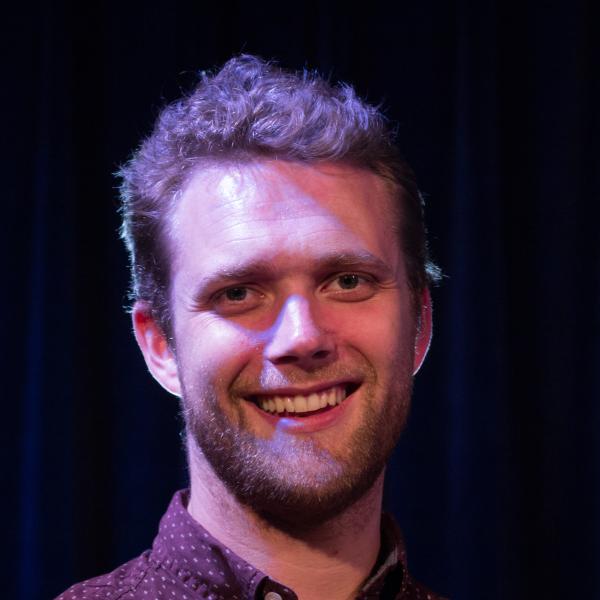
Michael Bell.
Michael Bell, a theatre and music producer based in Christchurch (Little Andromeda, New Zealand Playhouse and Orange Studios) was of the notion that “if we [were streaming during Lockdown for free] we didn’t want to disincentivise people to come to the theatre.” However, he discovered “a new demographic of people who said they can never afford to go to shows.
“There is some merit in making shows free, but we [were] just being really careful with wording, saying ‘this production was made possible with thanks to Creative New Zealand’ - we were trying to not devalue the work or making audiences think [the theatre] will always be free.”
Now at Level One, Bell finds his multiple companies “transitioning back pretty quickly - it’s easier to get an audience along and harder to get artists up and running again.”
Bell has found that his private theatre company New Zealand Playhouse - that tours to 450 schools around New Zealand and Australia - has had “75% callbacks from his post-lockdown schedule.” However, he notes the discrepancies between independent creatives and their ability to apply for Creative New Zealand funding - a topic that has been touched on in previous PANNZ hui.
“I’ve got a lot of mates who are struggling with their independent groups,” said Bell. “It’s awesome that Creative New Zealand is supporting so much of the arts...but there needs to be a lot more connection between Creative New Zealand and Independents, so CNZ can cater to them more when writing criteria [for funding] and independents can feel like they can apply.”
Balancing Act
Finding a balance between the live and online performances and how to capitalise on online performance and audiences is the elephant in the room and a question that was thankfully put forward by a viewer.
Cameron responded, “I don’t have the answers, only questions. We have been too focused on settling our businesses down to start to grapple with the question of how or if we should monetise art online. I’ve been doing some reading on the original intention of the internet; take the idea of the democratisation of space and information. I’m interested in how to take this accessible thinking into the physical space.
“What are the conversations and ways to engage the audience so that we can create a space between being physical and online? It’s difficult to think about how to monetise work online when so much is on offer for free,” Cameron continued.
“What feels useful to me is intention. As artists, companies, organisations think quite carefully about what the intent for a particular project is - who is it relevant to, how do we reach those people? What feels true is the approach to audience building has become a lot more complex now. It will depend on the project about whether or not it is online.
“We’re interested in how the spaces talk to each other and how we can use it as a strategy for engagement. The online space can be an enhancer of live experience. There is so much more insight you can give to audiences who might be interested in people or organisations behind the work. It feels that we need new business models to assist how to go forward.”
She points out that ”these audience questions are the same questions before COVID-19. It’s just now there's a heavier reliance and a comfort zone for people in the online space. I don't think it means less live audiences. It does mean that our collaborations with companies and organisations will be more interesting, more dynamic, more complex.”
Refreshingly, Cameron is interested in what the next generation can bring to the table. “I want [the next generation] to be my boss right now,” said Cameron. “I’m looking to listen to digital natives because they have a different mindset about digital spaces - we have a lot to learn from younger people with bigger brains than I.”
Back Off, Robots
After weeks of long overdue and robust conversations about what needs to change in the sector, it was useful to explore the ways how changes were beginning to be implemented so that the true values of the arts - inclusivity, freedom, collaboration - can be brought front and centre. “The world is asking us to be more adaptable,” asserted Cameron.
Looking forward, Bell is confident that “artists are going to be the last ones standing - as robots take over everyone's jobs, I think artists are going to be the last people with jobs - the future will be good for artists.”
The PANNZ Hui is switching to a monthly format. The next Hui will be Monday, 13 July. To watch the latest hui, click here.
